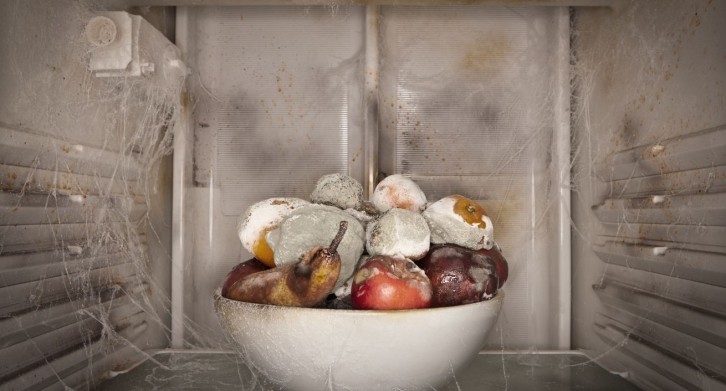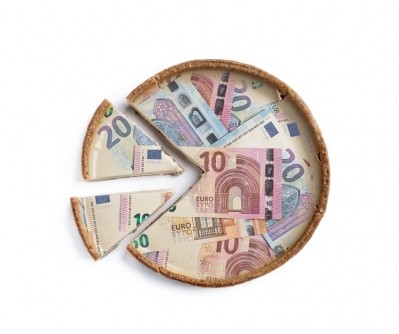European countries topping the food waste charts, but what’s the solution?

Humanity’s negative environmental impact is vast and often irreversible. But when it comes to food waste, particularly from households, the issue can be easily resolved. This is especially true of fruits and vegetables, which are the most discarded food products.
The world binned 1.05bn tonnes of food in 2022, according to the UNEP Food Waste Index Report 2024. Yet, households accounted for 60% of that or 631m tonnes, which is the equivalent of 40 London busses or 1.3 meals daily for everyone (globally) impacted by hunger.
Food loss and waste also generates up to 10% of greenhouse gas emissions, which is almost five times that from aviation. Some 50m tonnes of fruit and vegetables from Europe are discarded for being the wrong size or misshapen, meaning a third of harvested crops don’t reach supermarket shelves, while 40% are thrown because they are ‘ugly’, Penta data shows.
Manufacturers have made gains in cutting production waste, often resulting in cost savings as well as carbon reductions. Yet more can be done by manufacturers, especially within the fruit and vegetable sectors.
“Minimise food waste through timely processing of seasonably harvested fresh produce, at peak ripeness, when vitamins and nutrients are locked in,” European Association of Fruit and Vegetable Processors director general Susanne Meyer advises.
How can manufacturers help reduce food waste?
Manufacturers must ensure as long a shelf life on products as possible to reduce losses from product deterioration or damage through transportation and storage, Meyer adds. In terms of package sizes, and with consumers in mind, products in “handy portion sizes, ready-peeled and prepared” would allow consumers to plan meals effectively and reduce food waste at home.
But it’s the consumers, not just producers, across Europe who need to put in more effort to help turn the food waste tide. One of the answers, experts claim, lies in frozen, a long-standing category that isn’t always top of consumers’ agenda.
“Changing the frozen narrative can only be done if manufacturers continue to talk about the benefits of frozen,” argues British Frozen Food Federation CEO Rupert Ashby.
“There is a strange myth that frozen isn’t as good tasting or as good for you as fresh,” he says. “But frozen helps in reducing [household food] wastage through things like portion control, because, for example, when you get a bag of peas out of the freezer you use the amount needed and then pop the rest back.”
Stop the rot: how processors can reduce food waste
- Unwanted or inedible parts of plants, such as cauliflower leaves, pea pods or carrot tops, should be separated during harvest and ploughed back into fields to increase soil organic matter
- Other parts of the crop removed during processing should be collected for animal feed or to generate energy via bio-methanisation
- Fruit and vegetable processors can make use of misshapen and over or undersized fruits and vegetables, thus maximising a crop’s potential reach to the consumer’s plate
European Association of Fruit and Vegetable Processors (Profel)
While Ashby says progress has been made in the frozen category – with UK supermarket sales remaining stable – he concedes more can be done. The organisation, for example, launches an annual autumn campaign extolling the virtues of frozen, which last year led to 42% of consumers saying they would buy more frozen after understanding the category benefits.
“But the [false] negatives of frozen are engrained in people and it can be a challenge to drive the story, particularly around the benefits of reducing food waste,” says Ashby.
When it comes to household food waste by nation, the top five worst offending European countries per capita are Portugal, Switzerland, Italy, Serbia and Malta.
The European Commission’s Consumer Food Waste Forum, launched in 2021, was created to provide evidence-based solutions to consumer food waste. As a result, “Member States would be required to implement measures to reduce food waste by the end of 2030 – 10% for processing and manufacturing and 30% jointly for retail and consumption”, said the EC.
Countries with the largest household food waste
Outside of the EU, the UK is one of the top 10 worst performers, with British householders discarding north of 70kg of food waste per capita. The UK is also committed to a 2030 food waste reduction programme of 50% through the Courtauld Commitment.
The solution to reducing food waste, according to food storage expert Sarah Heap at electrical supplier AO, is technology – freezing technology in particular. “It has its role to play in helping us to live more sustainably, and it’s important people make the most of the way they store foods to prolong shelf life.”
“For example, items listed in our [recent] survey can be frozen, such as bread, cheese, stock and potatoes, if prepared in the right way,” she says.
According to AO’s study, the average Brit bins €527 worth of freezable essential foods each year, equivalent to €41,000 in their lifetime.
But Britain and the rest of Europe are not the worst offenders. China has been cited as throwing away the most food at 92m tonnes, followed by India’s 69m tonnes.
The US ranks in third place and according to the USDA, it is estimated up to 40% of US food supply is discarded, totalling 60m tonnes, with 43% of this coming from homes.
















